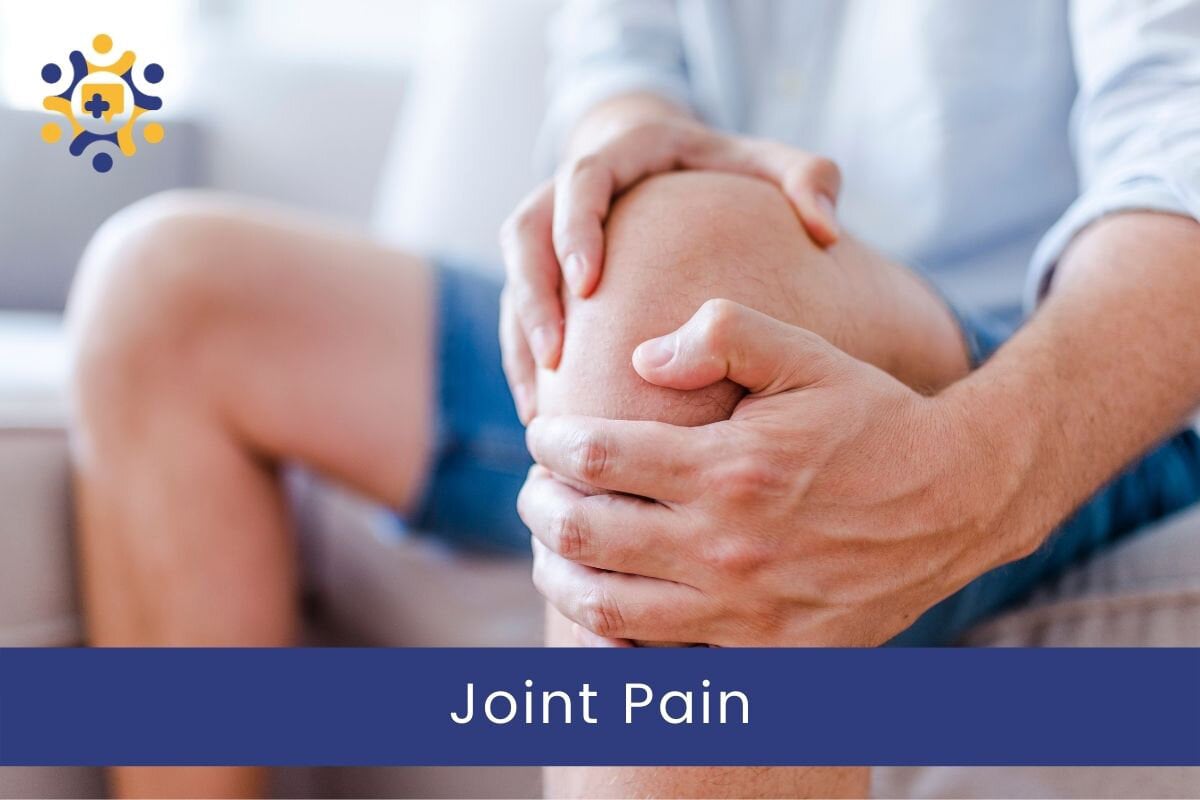5 Strategies to Keep Osteoarthritis in Check

With 230 joints in your body, there is plenty of opportunity for joint pain.
What is the Most Common Form of Joint Pain?
The most common form of arthritis and joint pain, osteoarthritis, is a degenerative bone disease. Research conducted by the Arthritis Foundation found this chronic disease affects 1 in 7 U.S. adults – 32.5 million people – and is more common as someone ages.
Osteoarthritis causes inflammation and damage to joints when the cartilage that covers the ends of bones breaks down. Symptoms of osteoarthritis typically don’t show up suddenly but instead build over time. They may include:
-
Pain or aching in the joint during activity, after prolonged activity, or at the end of the day
-
Joint stiffness usually occurs first thing in the morning or after resting
-
Limited range of motion that may go away after movement
-
Clicking or cracking sound when a joint bends
-
Swelling around a joint
-
Muscle weakness around the joint
-
Joint instability or buckling (knee or hip gives out)
Osteoarthritis is different from other forms of arthritis, such as rheumatoid arthritis, an autoimmune disease in which the body’s immune system attacks its own tissue, resulting in pain, stiffness, and inflamed joints.
How to Keep Your Joints Healthy and Keep Osteoarthritis in Check
Even though there is no cure for osteoarthritis, there are several strategies someone can take who has been diagnosed with osteoarthritis to slow down its progression.
The Arthritis Foundation suggests practicing these habits to keep healthy and slow down osteoarthritis:
1. Maintain a Healthy Weight. Osteoarthritis is made worse with excess weight, so follow a healthy diet combined with regular exercise.
2. Control Blood Sugar. Many people have diabetes and osteoarthritis. Having high glucose levels can make cartilage stiffer and more likely to break down. Also, having diabetes causes inflammation, which also weakens cartilage.
3. Maintain Range of Motion. Movement is the best medicine for joints. Gentle stretching, raising and lowering legs from a standing or seated position, daily walks, and swimming can help. Make sure to listen to your body and never push yourself too hard.
4. Joint Protection. Before you exercise, include time to warm up and cool down. If you play sports, protect joints with the right gear. Use your largest, strongest joints for lifting, pushing, pulling, and carrying. Watch your step to prevent falls.
5. Relax and Recharge. Find ways to reduce or avoid stress through meditation, listening to music, connecting with friends and family, or doing fun activities.
If You Need Help Managing Osteoarthritis
There are several solutions to help manage osteoarthritis. If joint pain, stiffness, or swelling keeps you from enjoying the things you love, talk to see your doctor – you do not need to suffer. There are many non-surgical options, like physical therapy, and your specialist can develop the best treatment for your needs to help you live a more pain-free, independent life.


.jpg)